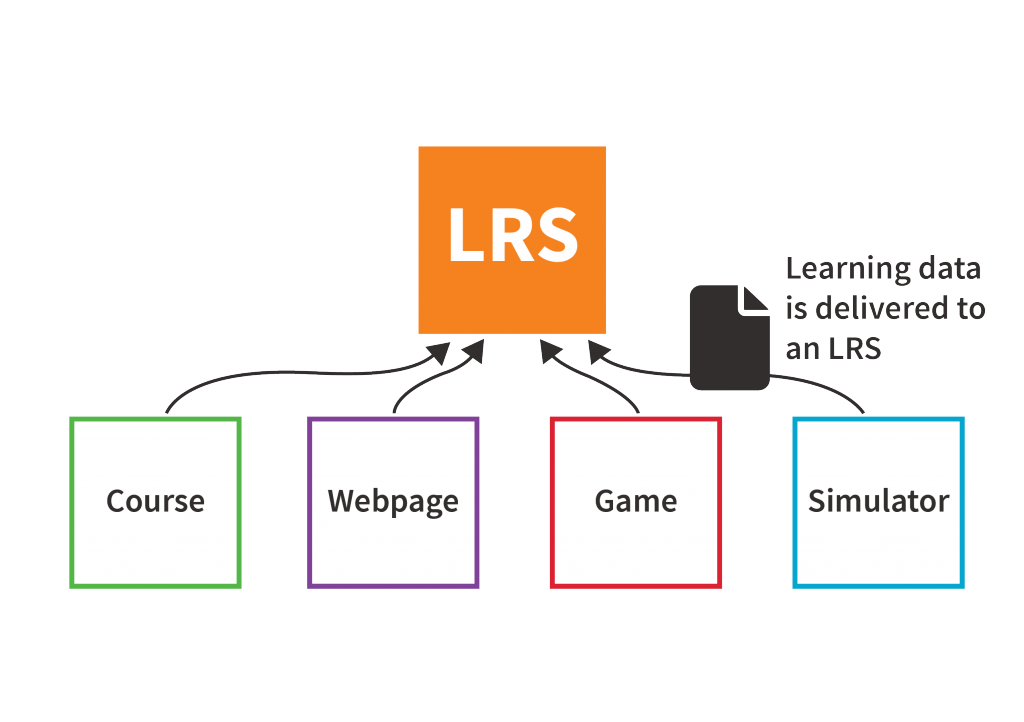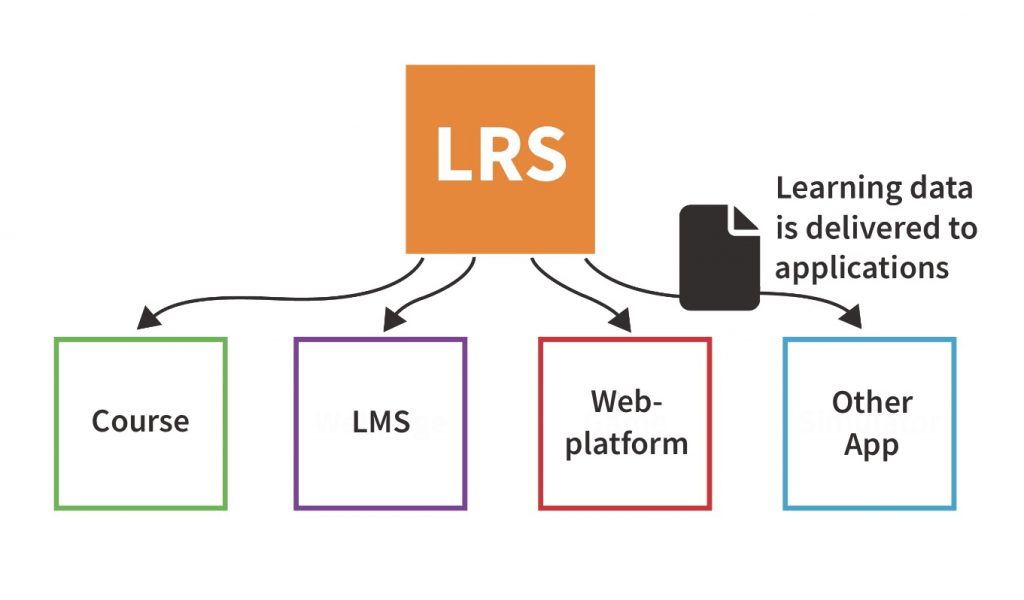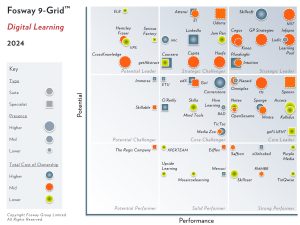When it comes to digital learning, the vast majority of us are well-versed in SCORM and how it relates to an LMS (Learning Management System), right? We know that a piece of elearning has to be SCORM-compliant so that it can talk to the LMS. Simple. Beyond that, maybe we’ve heard of xAPI and an LRS (Learning Record Store) …
But how many of us are really sure what it is or why we would need it. If that is you, don’t worry, in this short article, we’ve compiled everything you need to know about xAPI, its benefits and what it might mean for your learning in the future.
The History…
In the early days of elearning, SCORM quickly established itself as the defacto standard for LMS compatibility. However, even as it did so, people could see its limitations. It enabled one piece of elearning to “talk” to one LMS and tell it if a learner had passed/failed a course. But not much more.
And so in 2008, Project Tin Can was born. Built on extensive research for the next generation after SCORM, the resultant Tin Can API aimed to solve the problems articulated by the industry. The main issues were that the traditional SCORM-LMS model lacked the capability to track any learning or activity a user might undertake outside of a piece of elearning. And even within the learning itself, it only offered a limited data-set as to what learners actually did. The need was for greater flexibility and the ability to collect far more data – virtually anything a learner does – across multiple applications and devices. And that is essentially what the Tin Can API, which was officially re-named Experience API or xAPI, does.
The Science bit…xAPI statements
So how does xAPI do it? Well, the basic building blocks are the xAPI statements. These are composed of three core components: an actor, verb and object. This standard makes it easier to capture any type of experience in understandable data.
For example:
- Lynda (actor) read (verb) the xAPI article (object)The actor and verb are required in every statement, but the object can become more complex and hold more detailed information.
- Lynda (actor) commented (verb) “Best article I have ever read about xAPI” (object)By following this syntax, any data can be captured, on any learner activity, on any device or in any application.
The Learning Record Store (LRS)
So how does the LRS play into all this? Well, the LRS is the database where all those xAPI statements are stored. Different tools from various environments use the xAPI standard to communicate and transfer data to a related LRS. For example, from an elearning course we might gather not only a pass/fail mark, but also how the learner responded to each question; how long they spent in a particular section; where did they go back and revise? Or we might record what related webpages they visited and what resources they accessed. As well as related games, simulators or any other application they opened and what they did there.
And all of that data gets compiled within the LRS, allowing us to run detailed reports, providing granular insights on both an individual’s behaviour and that of the group.

LRS, not only but also…
But as well as acting as a data-repository and enabling detailed reporting, the LRS can also be the launch pad for further activity and an enriched user experience. And it does that by transferring that data on to be used in other applications. For example, in our Create Your Own Future employability platform, in one area the learner assesses their transferable skills and that data is fed to the LRS using xAPI. Then, at a later stage and in a different application, the learner considers possible careers and training requirements. At this point the skills assessment data is retrieved from the LRS so that it can be cross-referenced and used to deliver appropriate career and training suggestions. In turn, the learner’s activity in the careers and training application is likewise recorded back to the LRS and then fed into an Action Planning module and so it goes on. But for the learner, it is a seamless, multi-layered experience.

So, will an LRS do away with an LMS?
The simple answer is probably no, at least not in the short-term. LMS are widely used in organisations, colleges and institutions and they do have their own capabilities. They are largely used for managing “conventional” learning in terms of courses, users, forums, events, certifications etc. And in that context, an LRS may even feed in some data to the LMS, if required. But a typical LMS is limited to managing and tracking that “formal” training only. Which is still important but ignores the vast amount of learning that we all know happens beyond this realm. And, as you now know, that is where the LRS, enabled by xAPI, comes in.
xAPI and LRS: What can it do for you?
Of course, you are going to have to think through the data you want to capture and how you are going to use it, but the xAPI-LRS model opens up immense possibilities. There is vast potential to get insight into what information or skills people are missing on a day-to-day basis, by seeing what they are searching for at the point of need. You can see where people are struggling within training – what questions do they get wrong, what do they revise – inside or outside of it. You can see activities the best performers undertake, across a broad range and not just “formal” training.
These insights – and many more – are going to yield big benefits:
- Performance Measurement: with such a granular tracking system, you can get away from basic pass/fail metrics and measure learning against key business metrics to demonstrate ROI and business impact.
- Richer Learning Experiences: Conventional elearning often happens in a sort-of vacuum, where the individual is left alone with the learning material, largely as a self-contained one-off activity. xAPI enables flexible, multi-platform learning with one activity feeding, informing and enriching another.
- Learning, fit for the future: xAPI is just a tool, but a tool in the right hands can shape wondrous things. In other articles and recent webinars we have discussed the need to develop a learning culture, embedding learning into the flow of work and encouraging the self-determined learner. As, we’ve shown here, xAPI is the basic, technical building block from which you can build the learning edifice of the future.
As the Tin Can Project put it themselves:
Conclusion
Envisioned as the next generation of SCORM, xAPI has the potential to revolutionise your L&D strategy. Through its detailed tracking capabilities, xAPI offers an extensive insight into user behaviour across a multitude of systems and activities. An insight that cannot be matched by LMS, allowing you to demonstrate business impact and build a learning practice, fit for the future.
Are you ready to see what an xAPI can do for your organisation? Reach out to one of our consultants today!





